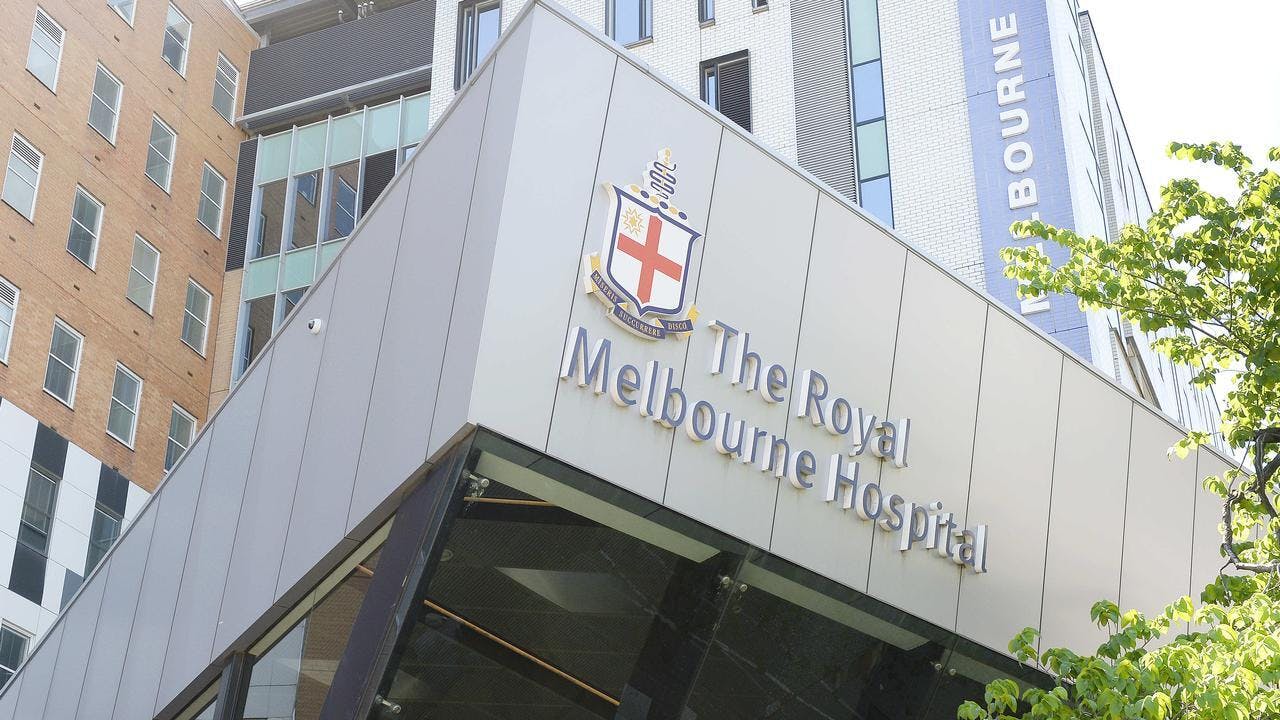They should treat the healthcare system like they do the military

When was the last time you heard the army announce that it had run out of soldiers and was bringing in extras on 457 visas? You didn’t. Because the military, unlike the healthcare system, doesn’t face resource problems.
There is always money for new hardware, whether it gets used or not. In January, the federal government announced another $3.5 billion to upgrade Australia’s tanks and armoured vehicles. All up, it will spend between $30 and $42 billion on armoured vehicles in coming years. This is despite the fact that the last time the Australian army deployed a tank in combat was during the invasion of Vietnam.
There are almost 60,000 active Australian military personnel, few of whom are deployed. They get paid simply to hone their skills and wait in their barracks until the government decides to use them—usually in some offensive invasion of another country. There are another 30,000 reserve personnel paid to do weekend training each year and wait to be activated.
By contrast, nurses are worked to exhaustion 24/7. You will never walk into a hospital to find scores of nurses just training, waiting for something to cause a surge in patients—like a natural disaster or a pandemic. Yet we should have more nurses than we need at any given time precisely so that the system can cope with patient surges.
Hospitals are regularly stretched to their limits even without surges. Wait times for treatment and beds have grown across the country in recent years. “Ramping”, when patients are treated in parked ambulances outside of hospitals due to lack of free beds in emergency rooms, has become a common practice and reduces the number of available ambulances.
This is considered good sense by politicians: keep the costs as low as possible and make up the shortfall with overtime from overworked and underpaid healthcare workers. The idea that you would provide enough funding not only for regular healthcare needs but also for surge capacity to deal with threats like a pandemic is anathema to the entire cost-cutting logic of our healthcare system.
In fact, hospitals have been turning to the Australian Defence Force for extra support, as has occurred in Victoria during the current code brown emergency declaration, military personnel being brought in to drive ambulances.
There’s a completely different logic at play when it comes to war. There’s no cost-cutting, just permanent funding increases.
The billions spent on each generation of new fighter jets and submarines is meant to help Australia match and outpace the military capacities of its imperialist rivals. This logic of competition drives an ever increasing military budget. Defence Minister Peter Dutton has been quite explicit that the attempt to push back China is behind a move to increase military spending to 2.5 percent of GDP.
But if the machines of war are ever put to use in a conflict with China, it will mean death and destruction on an enormous scale. And you know what we’ll need more of then? Nurses.
If the army can get billions for new tanks despite not using them, hospitals should be able to receive funding and resources well in excess of their current capacity. After all, when the army actually is used, it’s a killing machine for Australian imperialism. When hospitals are used, they provide health care and save lives. They should get all of the funding and resources they need to do that.